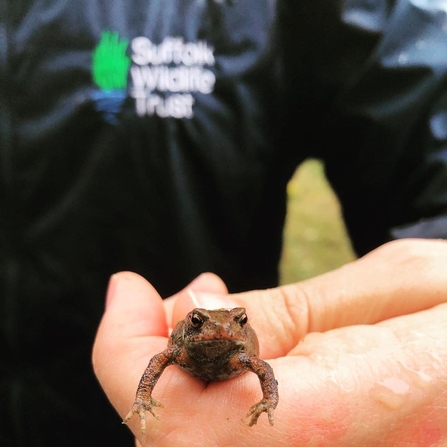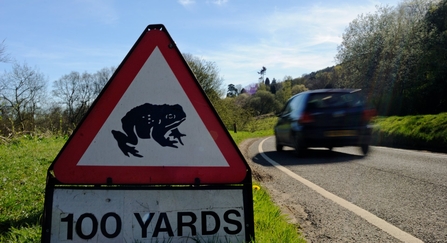At this time of year our warty friends, Common toads are hunkered down hibernating under leaf litter, log piles, plant pots, compost heaps and may even be hiding out underneath your sheds and other shelters. Toads are not often thought of as a species that hibernate, but they choose to spend the colder months tucked away until the warmer weather that spring brings with it makes them more active.
Often confused with frogs, toads are warty with duller brown skin with less colour variation than frogs. They also have a snub nose whereas frog’s noses tend to be pointier. Another key trait to identify they from each other is that toads crawl to move around whereas frogs tend to jump. You can at times see a toad jump but when compared to their high jumping froggy friends, its not nearly as energetic or high.



